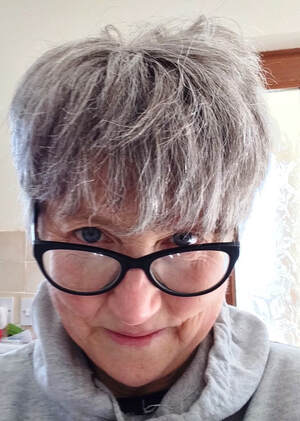
I, along with one of my five brothers, and my son, were all blessed with the same unusually thick hair. I recall at Hastings College in the early 1970s, I spent a whole hour in the student common room merrily braiding my long hair in tiny plaits. The problem was that my sister-in-law, who I was emulating, had very fine hair, and used this method to plump hers up. When I undid mine in the changing room, I found I had something that verged on a giant Afro, and I crept home praying that no-one would see me.
My son has now resorted to buying a pair of clippers, and my daughter-in-law has done a good job. But I don't think I can risk it, as Cell Block H is not currently casting, and that's certainly the look I'd end up with. That or Magwitch on a bad day.
Two salutory tales:
When really quite small, I found a pair of interesting large scissors (wallpaper scissors I later discovered) in our laundry room (I also found a pack of Robin starch which I innocently fed to the birds, but that's another story). I thought it might be a good idea to cut my hair, as I truly loathed hairdresser visits. However, when I regarded my work in a mirror, it must have struck me that it didn't look too great, as I went and put on my swimming-cap and went out to play for the day. Tea-time came, and Mum stood me on the kitchen table for a strip-wash. When she asked me to take that silly hat off, I refused, at which point she removed it herself, and, viewing the results, gave me a good slap on the legs. The next day I was escorted to Dieter Henri's Salon up the Moor to have a corrective cut, no doubt with the habitual frown on my face!
A few years on, in the late sixties, my brother Jonny came down to the kitchen, where I and other members of the family were gathered, in his Vespa scooter crash-helmet.
"Why are you wearing your crash-helmet, Jonny?"
"Erm, well, I've been cutting my hair with my new clippers."
"Yeah, so ...?"
"Well, erm, I've cut it a bit short..."
Chuckles from us, as he was a bit of a joker, and we thought this was one of his japes.
"No, really - if I take it off, you won't laugh, will you?"
"Course not," sympathetically.
"Promise?"
"Yeah, we won't laugh, honestly."
At which point my hapless brother removed his helmet to reveal a convict-like dome, resembling nothing so much as a newly-mown striped lawn. And this was in the days long before males in every walk of life went round with virtually shaven heads.
Poor Jonny. We fell about, screaming with mocking laughter. And for some weeks afterwards, he was to be seen about the streets of Cranbrook sporting a woolly bobble-hat, until his hair grew back.
So be warned!
*http://www.judithjohnson.co.uk/blog/the-passion-play-of-oberammergau
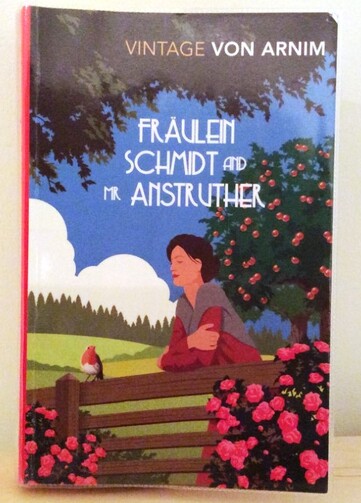
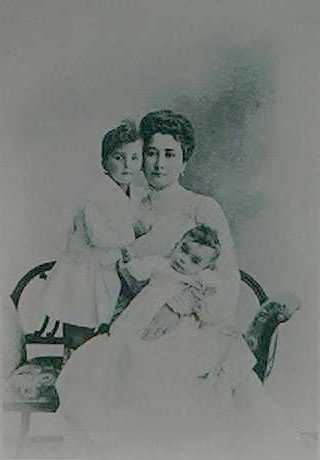
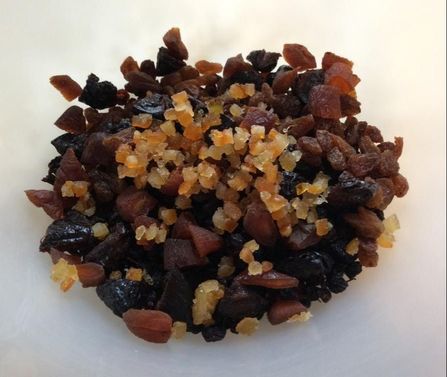
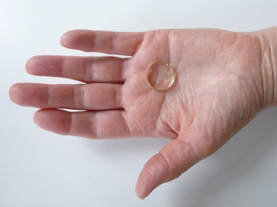
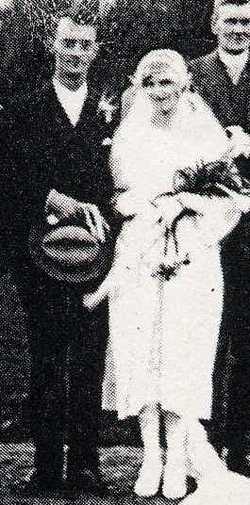
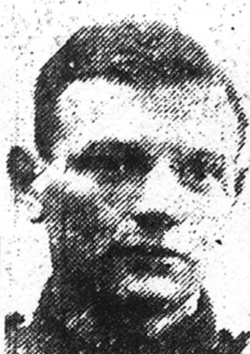
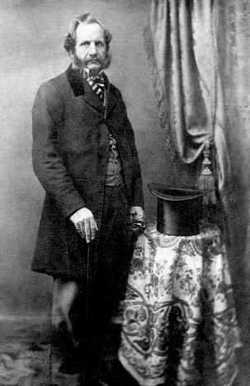
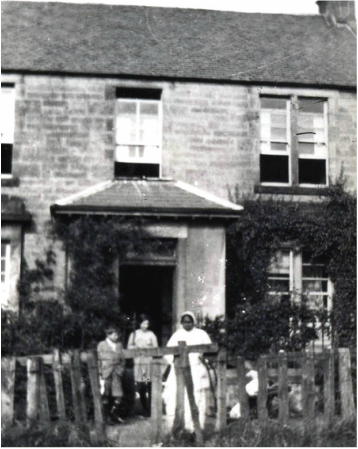

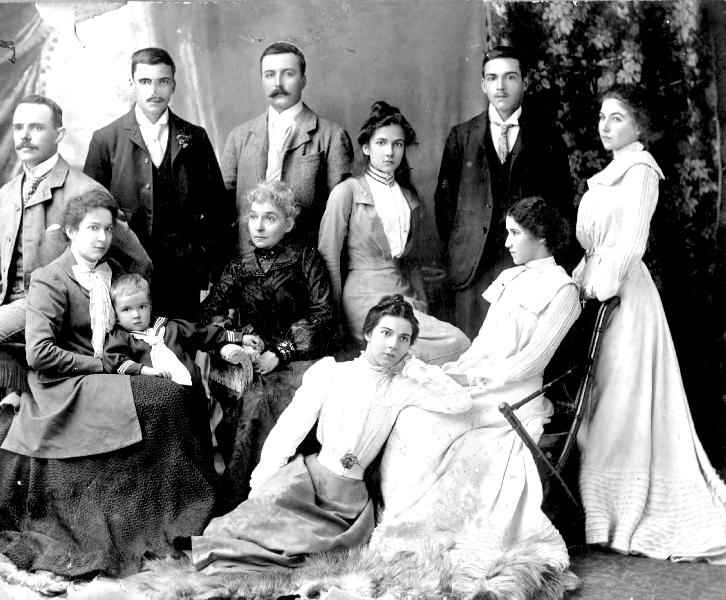
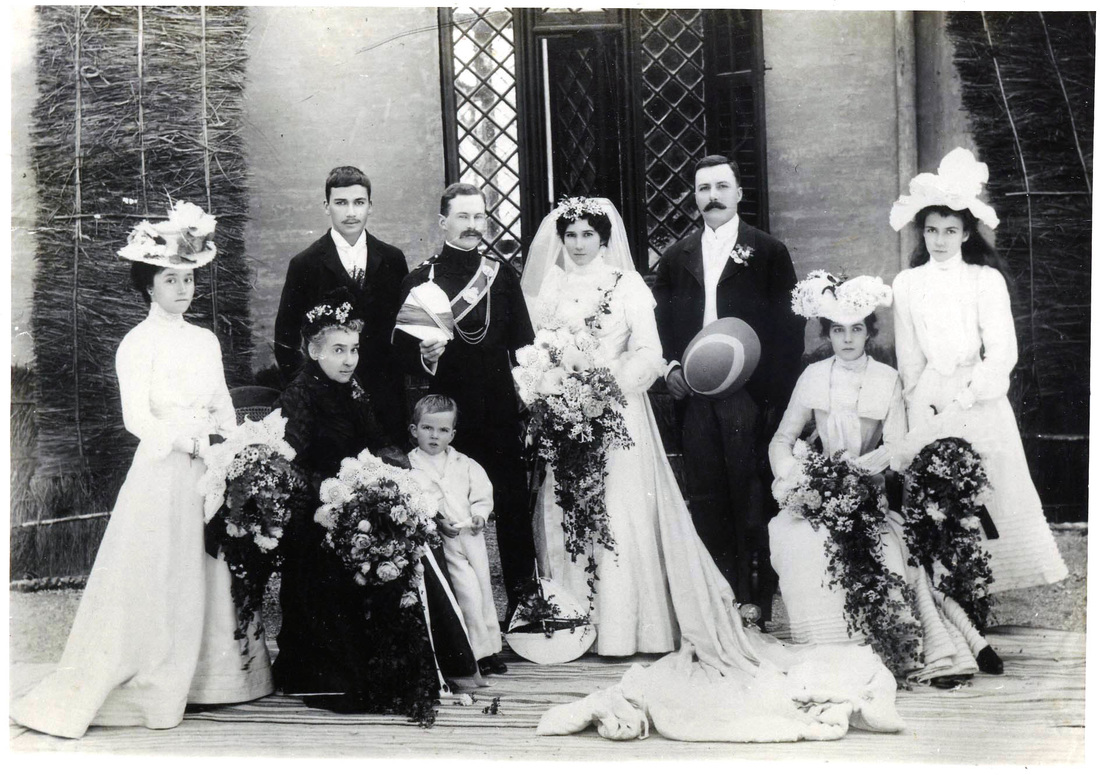
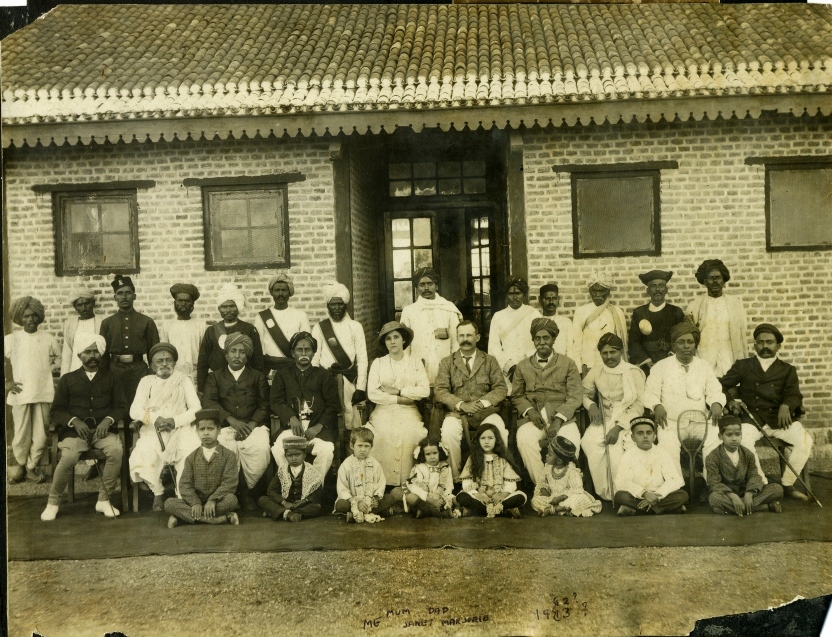
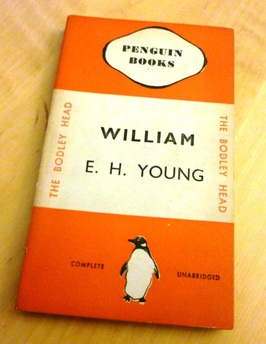
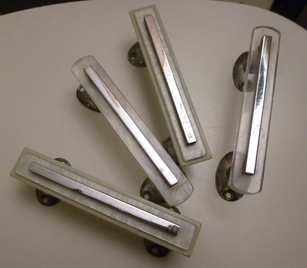
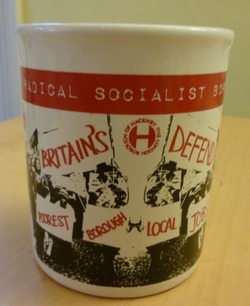
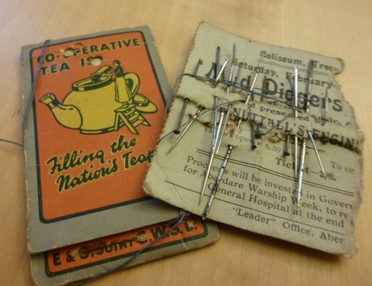
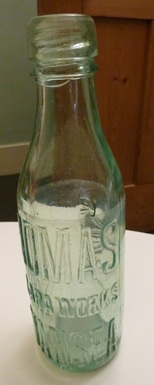
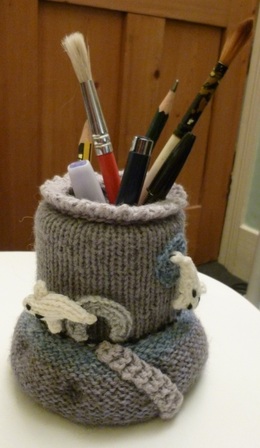
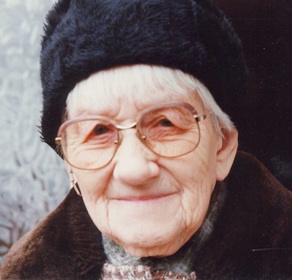
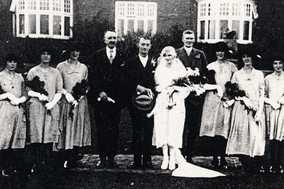
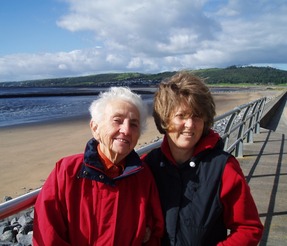
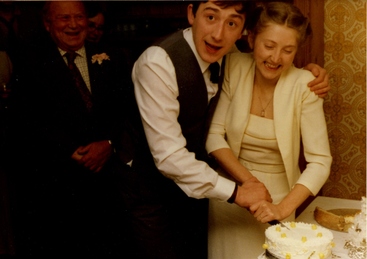
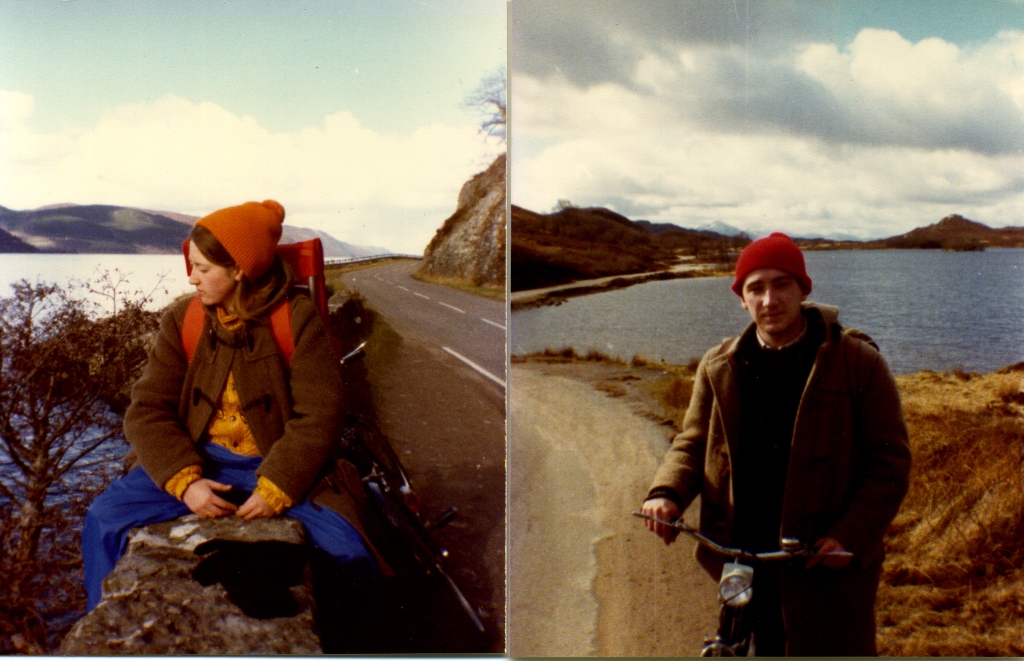
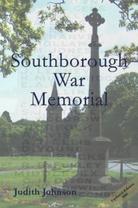
 RSS Feed
RSS Feed
